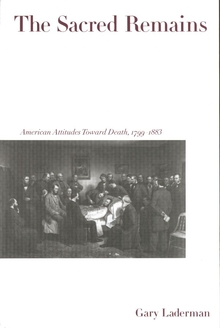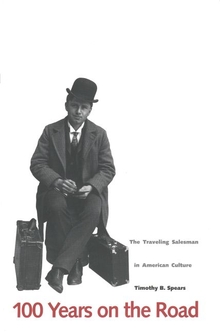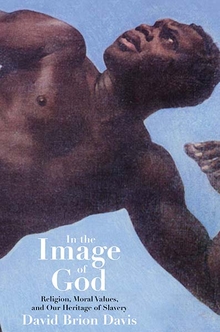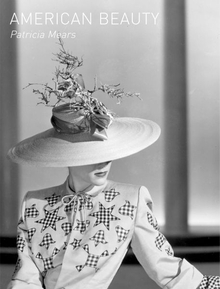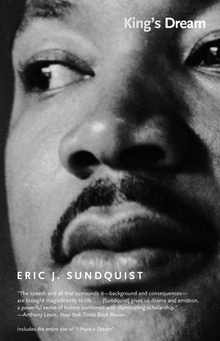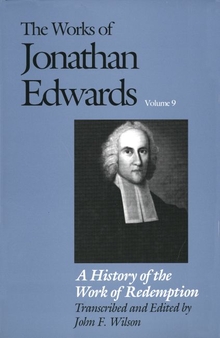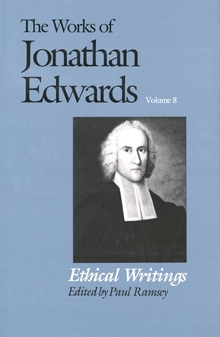The Sacred Remains
WARNING
You are viewing an older version of the Yalebooks website. Please visit out new website with more updated information and a better user experience: https://www.yalebooks.com
American Attitudes Toward Death, 1799-1883
Gary Laderman
Drawing on medical histories, religious documents, personal diaries and letters, literature, painting, and photography, Laderman examines the cultural transformations that led to nationally organized death specialists, the practice of embalming, and the commodification of the corpse. These cultural changes included the development of liberal theology, which provided more spiritual views of heaven and the afterlife; the concern for health, which turned those who managed death toward more scientific treatment of bodies; and growing sentimentalism, which produced an increased desire to gaze upon the corpse or to take and keep death photographs. In particular Laderman focuses on the transforming effect of the Civil War, which presented so many Americans with dead relatives who needed to be recovered, viewed, and given a "proper burial."
"A compelling portrait of the dramatic changes in the ways that Americans managed death from the late eighteenth century to the Civil War. An excellent, exciting book."—Jon Butler, Yale University
"A persuasive and highly readable discussion of how northern Protestants managed death from the early nineteenth century through the Civil War. An excellent book on an important topic, it marks a new high point in the study of death in American history."—Bruce Baird, H-SHEAR Book Review
"Laderman's work is indispensable for understanding the impact of the Civil War on ideas of death—a subject practically ignored in previous studies of death in the United States. Using photographs, diaries, medical histories, art, and literature, he has produced an indispensable work for understanding the nineteenth-century nation."—Phillip Shaw Paludan, Journal of American History
"Laderman's work is painstakingly researched, well argued and clearly written. His chapters on 19th-century nature symbolism and the relationship between body and soul, which could not be covered here, offer important new insights into the interaction between transcendentalism and evangelicalism. Moreover, Laderman's attention to ethnographic detail—and his impressive arguments even more persuasive. This book stands as an impeccable contribution, not only to the study of death and dying, but to American religious history in general."—J. Shawn Landres, Mortality
"The Sacred Remains traces American attitudes toward the dead from the death of George Washington in 1799 and the assassination of Abraham Lincoln in 1865 to the emergence of organized mortuary enterprises at the close of the 19th century. . . . [Laderman] focuses on the place and treatment of the dead human body and the customs and rituals of funerals as guides to the cultural, spiritual, and religious landscape. . . . [A] well-reasoned and researched text [that is] an important study of grave matters, mortuary arts, and the meaning of death."—Thomas Lynch, Los Angeles Times Book Review
"Laderman focuses on the place and treatment of the dead human body and the customs and rituals of funerals as guides to the cultural, spiritual, and religious landscape. . . . [A] well-reasoned and researched text (that is) an important study of grave matters, mortuary arts, and the meaning of death."—Thomas Lynch, Los Angeles Times Book Review
"This book by Laderman on American attitudes toward death in the nineteenth century is a welcome addition to what we know."—Robert V. Wells, Journal of Social History
"This carefully researched and artfully written book is a major contribution to American religious history, the history of the body, and the history of death in the United States. It attends even-handedly to class and theology, race and gender, the forces of the market, and the aspirations of the spirit. It draws on both popular and elite writings and on evidence from material culture such as postmortem photographs, woodcuts, and sheet music. Though not for the squeamish, it is also a great read, informed by cultural studies but not beholden to its in-house style. . . . This volume rightfully belongs in every college and university library and will prove useful in both undergraduate and graduate courses on death and dying, American religious history, and the history of the body."—Stephen Prothero, Winterthur Portfolio
"Literary texts and personal diaries and letters are among the evidence considered in this fascinating examination of the changing attitudes toward death and the dead in northern Protestant communities during the nineteenth century."—Nineteenth-Century Literature
"There is . . . much to interest students of American society as well as specialists concerned with subjects including transcendentalism, theology, urbanization, and nineteenth-century visual art and literature." —Craig Monk, American Studies
"Laderman's work is painstakingly researched, well-argued and clearly written. His chapters on 19th-century nature symbolism and the relationship between body and soul . . . offer important new insights into the interaction between transcendentalism and evangelicalism. Moreover, Laderman's attention to ethnographic detail-and particularly to visual imagery-makes his impressive arguments even more persuasive. This book stands as an impeccable contribution, not only to the study of death and dying, but to American religious history in general."—J. Shawn Landres, Mortality
"This is a provocative study of the metamorphosis of cultural mores governing our attitudes toward the mortal remains; it explains a dimension of who we are and how we got that way."—James P. Hammersmith, Southern Humanities Review
"This book brilliantly demonstrates how much can be learned about one of the most elemental aspects of social and cultural history—death—by studying military history or the impact of war. . . . [A] superbly nuanced book."—David B. Marshall, Canadian Review of Modern Studies
"An engaging and perceptive study about American attitudes toward death during the nineteenth century."—Joseph L. Price, Journal of the American Academy of Religion
"Well-researched and well-written book. . . . The Sacred Remains is worthwhile reading for those in any facet of deathcare."—Howard C. Raether, The Director
"Laderman is a gifted writer with a keen instinct for the telling story or evocative image that drives home his point. With The Sacred Remains he has made a valuable contribution to scholarship on nineteenth-century American culture, and to the study of ritual. Laderman’s engaging narrative style also makes the book an excellent resource for undergraduate teaching."—Kathleen M. Joyce, Church History
"Very readable and important book. All people who expect to die should read it."—Ray Browne, Journal of American Culture
"This is an invaluable work for the family historian to understand the roots of the unique American view on death and the funeral industry that still continues to puzzle, if not horrify, most of the western world!"—National Genealogical Society News Magazine
Publication Date: January 11, 1999
16 b/w illus.

